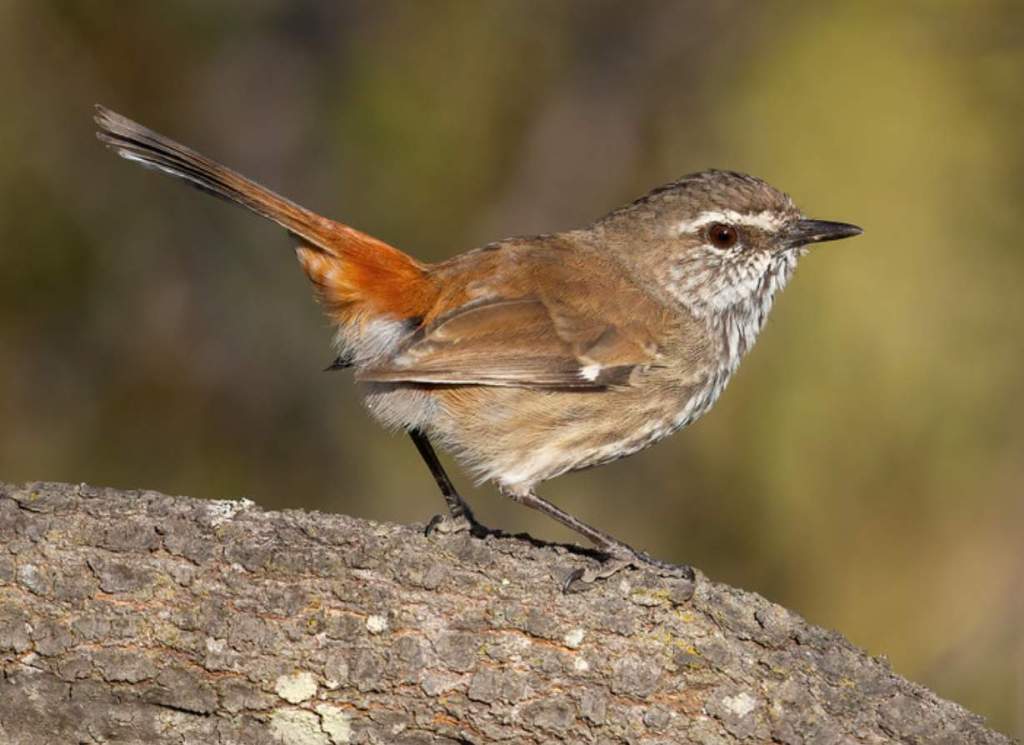Shy Hylacola (Hylacola cauta) replaced the Chestnut-rumped in southern Australia’s heathy Mallee. In the north of Bendigo, their ranges are within five kilometers of one another; however, there is no evidence that the species are intergrading. The Shy are found in thick whipstick mallee thickets. There are no coastal dune scrubs or sandplain heaths except in the southwest. Mallee clearing has reduced the bird’s range to a fraction of what it once was. The bird is also known as the Shy Heath Wren and the Mallee Heath Wren. The size of Shy Hylacola is about 135-140 mm long; however, the males are larger.
A sedentary forager like the Chestnut-rumped, the Shy Hylacola bounds along the ground cock-tailed, grabbing insects and, occasionally, seeds, around, among, and beneath shrubbery. A small feeding party that occasionally remains together after breeding is probably an adult pair with their young.
During the breeding season, the young are dispersed, and the birds pair up to nest. The male maintains territory while the female incubates, singing from perches in bushes, often early in the morning. He sings with as much variety and mimicry as the Chestnut-rumped Hylacola. Nestlings and fledglings are fed and cared for by both sexes. In spite of its name, the Shy Hylacola is no less shy than the Chestnut-rumped. Their timidity and elusiveness are similar.
The male bird’s upper parts are deep brown, darker on the lower back; the rump is rich chestnut. Wings with a large white speculum. Tail with black subterminal band and white tip. Eyebrows are bright white. Underparts are bright white streaked boldly black; undertail chestnut. Eyes are yellowish brown. The bill is dark brown. The feet are mid-brown. The female brow and undersurface are cream, coarsely streaky, and dusky; the speculum is small. The immature bird is heavily streaked and washed russet below. Shy Hylacola is found in Heathy Mallee from Murchison River, WA, eastwards to Wyalong and Round Hill Nature Reserve, NSW.
Shy Hylacola calls loud, sharp tchak when feeding or disturbed. However, the song consists of a varied sequence of trills and cadences, chee-chee-chick-a-dee, with the calls of other birds interwoven. Nesting and breeding occur in August-November. Nesting a dome with a jolt-like side entrance, of fine twigs, grasses, and bark strips; lined with fine grasses and down; hidden on or near the ground in a prickly shrub or amid plants at the base of a shrub or tree. Shy Hylacola lays two or three eggs; pale olive-grey, minutely freckled with brown, often forming a zone at the larger end; oval to tapered-oval, about 20 x 14 mm. Incubation duties are performed by females. There are no races.
Read More – Shy Heathwren- Discover the Hidden Beauty of This Elusive Bird







